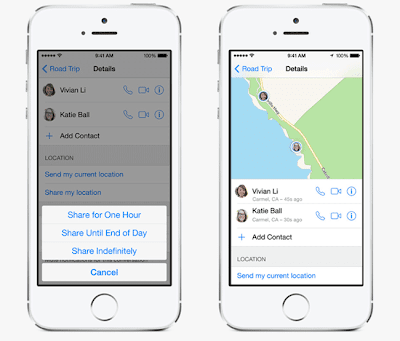More information about
Bluetooth Data Points
Bluetooth Data Points (BDP) is a new approach for creating mobile services with wireless tags. It is a yet another use case for the network proximity. Mobile application (Android) lets any user post some announce (advertising, classified, etc.) and associate it with Bluetooth node on the phone. The same application on another phone can scan nearby Bluetooth nodes and collect local announces. Dislike iBeacon and similar applications:
a) this approach is based on the Core Bluetooth rather than on Bluetooth Low Energy. So it will work with any phone;
b) this application works like a browser. So, mobile user decides when to run and what to read rather than constantly get unwanted notifications.
The following picture illustrates BDP (Bluetooth Data Points) approach:

BDP uses Core Bluetooth. So, it could be used with almost any smartphone. Let us see how it works:
1. Mobile user can browse local announces:
2. Another user publish own announce:
It is simply a text. User can publish links (URLs), email, phone or links to Twitter: @t411
3. Application switch on Bluetooth for published announces:
Of course, the publisher can switch Bluetooth off and make own announces unavailable. And later, switch it on again, etc. So, publisher's announces will follow his phone. When published materials are on, other mobile users nearby will the them:

Mobile application for Android, which implements this approach could be downloaded right from Google Play: BDP on Google Play. Here is an appropriate QR-code:

You can download it right from our site too: BDP on servlewtsuite. And here is an appropriate QR-code:

As the possible use cases for this approach we can mention applications for retail, indoor navigation, as well as context-dependent services for Smart Cities.
P.S. We've used the similar approach for Wi-Fi: SpotEx












